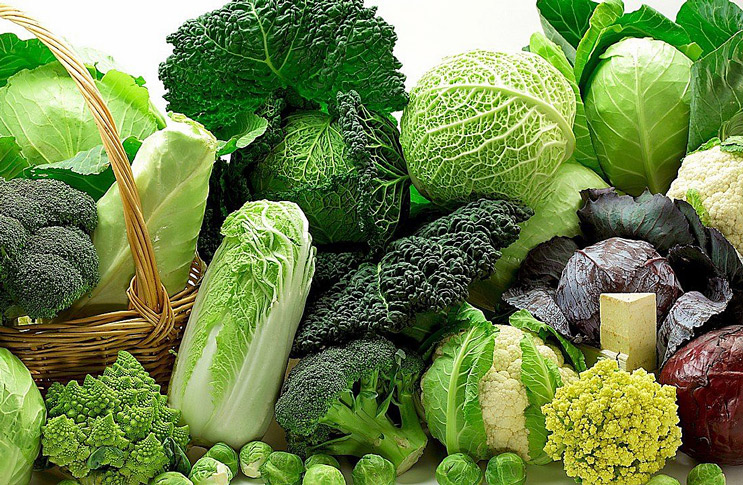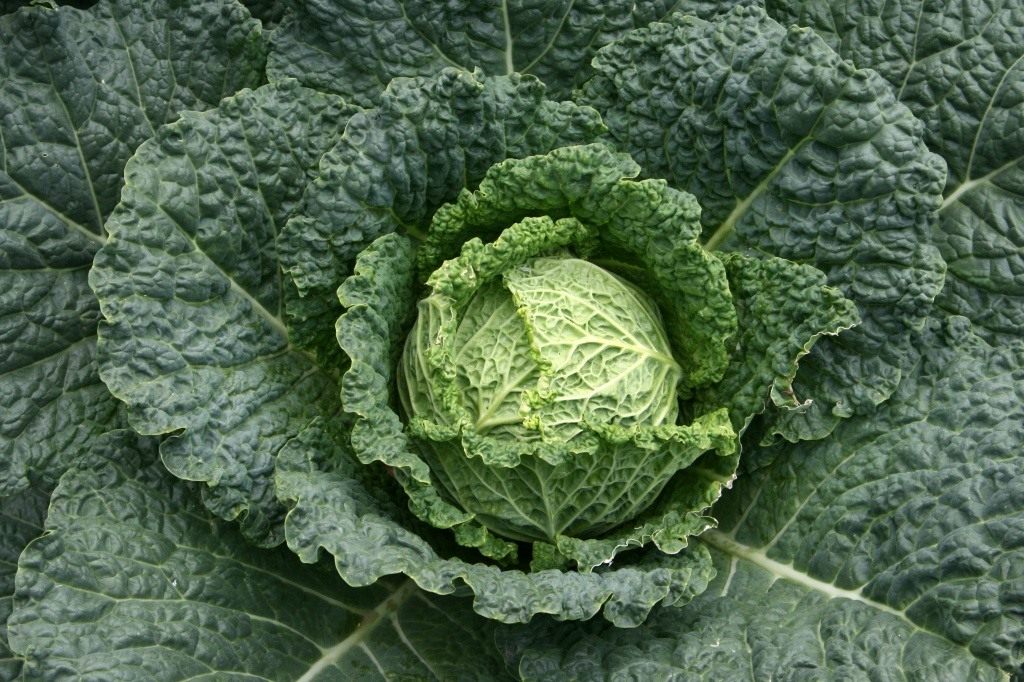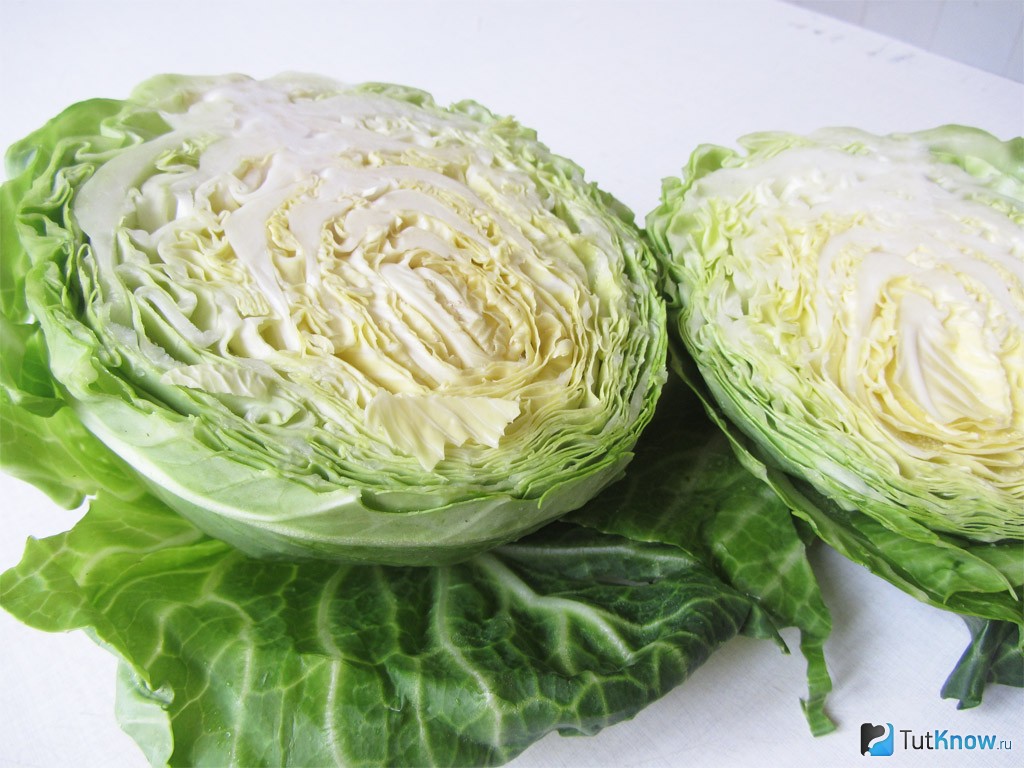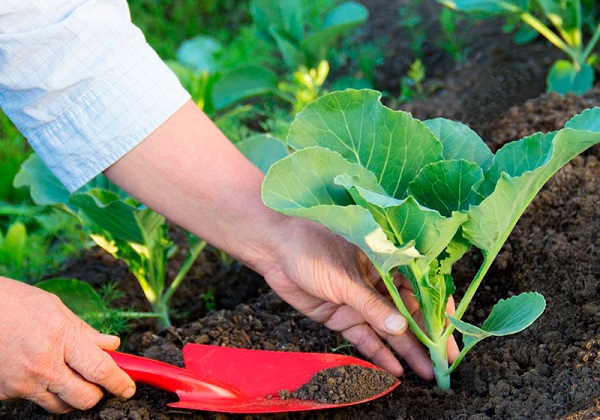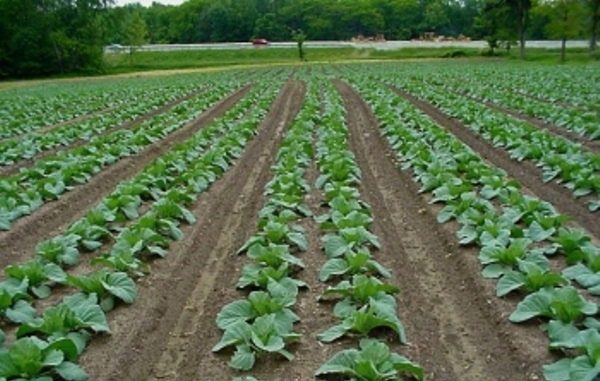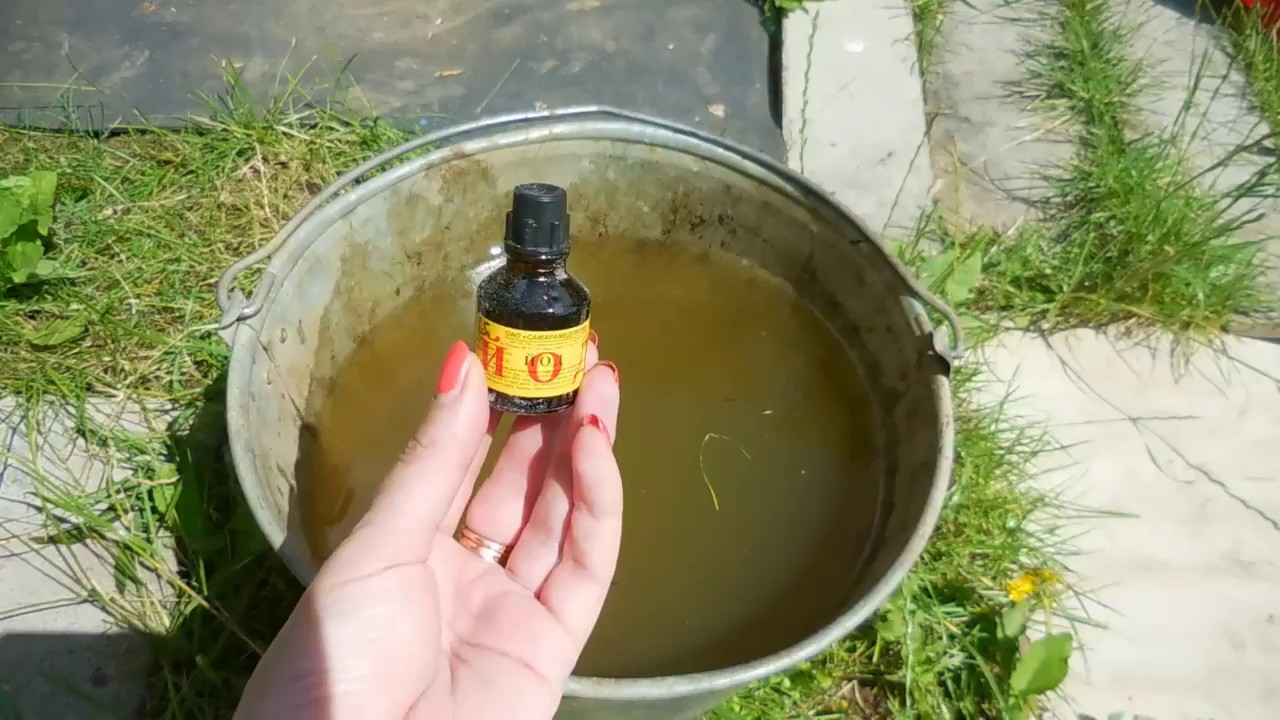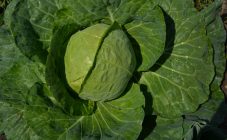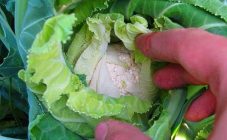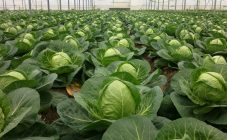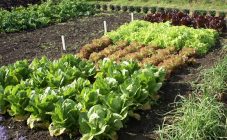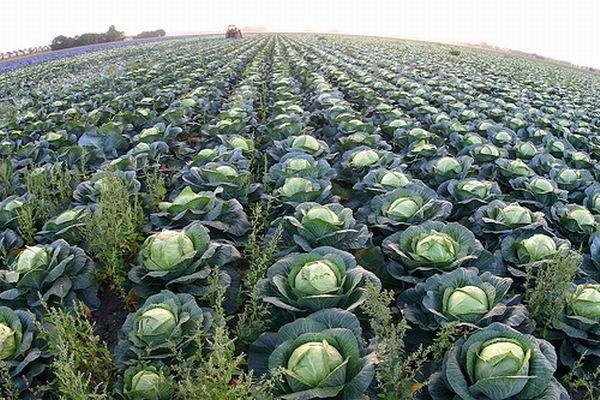Content:
Cabbage is one of the most popular vegetables, without which it is impossible to imagine a home garden. In most cases, it takes up about thirty percent of the entire vegetable garden. Most often, this crop is grown in the central and northern regions of the country. How to grow white cabbage will be discussed in this article today.
About cabbage
Cabbage is valued for its beneficial qualities. It contains a large amount of vitamins and minerals. Vitamin U is especially important, thanks to which it is possible to prevent gastric ulcer and duodenal ulcer. Eating this vegetable raw or pickled is guaranteed to provide the body with all the nutrients.
In most cases, agricultural technicians undertake to grow only a few types of cabbage on their private plots. The most popular ones are:
- cabbage,
- savoy,
- Brussels,
- kohlrabi,
- colored,
- Beijing,
- broccoli,
- Chinese.
Each of these types has its own appearance, which differ from each other.
Cabbage grows short, her kidneys do not develop. At the top is a single bud, which grows into a large head of cabbage, which is used for cooking. It is divided into two forms: white and red.
Savoy has a half-open bud from which a loose head of cabbage grows. She, like the head, grows short, with undeveloped lateral buds. The leaves of this cabbage are valued for their high nutritional qualities.
Brussels cabbage grows with a tall stem, on which a large number of buds develop, which form small heads of cabbage. They are used for food.
Kohlrabi has a large fleshy stem that is used for food. The bud at the top forms a rosette of leaves.
Cauliflower has a bud from which grows a fleshy inflorescence, suitable for food.
Cabbage has been cultivated by mankind for more than four thousand years, it came to Russia from Mediterranean countries, for example, Chinese - from China.
Cabbage plants also grow wild. There are such varieties in Europe.
The colored and Peking species of this culture are annual plants, while all other species are biennial. To get a good harvest, the plant requires fertile soil. How to plant cabbage correctly is described below.
How to choose a variety for planting
Breeders still do not stop working on the development of newer yielding varieties of white cabbage. But, nevertheless, most gardeners do not stop planting long-proven and beloved varieties.
Among the early maturing varieties, it should be noted such as:
- June. Cabbage of this variety grows no more than two and a half kilograms. Moreover, the plant is resistant to some diseases. But if not harvested on time, the heads of cabbage can crack.
- Transfer-F1. Heads of cabbage of this variety grow no later than one hundred and twenty days, practically do not get sick and do not crack. Cabbage weighs no more than one and a half kilograms.
- Copenhagen Market. It grows up to two and a half kilograms, almost does not get sick and has no tendency to crack.
There are also varieties that have an average maturity. Popular varieties of this type of cabbage are:
- Present.It grows up to four and a half kilograms, and the head of cabbage ripens for one hundred and thirty days. The variety is resistant to diseases.
- "Menza F1". One head of cabbage can grow up to nine kilograms in just one hundred and fifteen days. Throughout his life, he does not get sick at all.
- "Glory 1305". Over one hundred thirty-seven days, it grows and develops up to five kilograms of weight. During this entire period, she does not suffer from diseases such as mucous disease and bacteriosis.
Late varieties of cabbage are grown mainly in order to provide themselves with a fortified product for the winter. It is intended for long-term storage or canning. Among these varieties, it should be noted:
- Amager. The variety grows for at least one hundred and fifty days, the weight of the head of cabbage reaches five kilograms. The plant does not get sick throughout the entire growth period.
- "Kolobok-F1". Ripens in one hundred twenty-five days and the quiver weighs at least three kilograms. Absolutely not amenable to disease.
- "Valentina-F1". It grows for two hundred days, a ripe head of cabbage weighs no more than four kilograms, does not get sick or wither.
How to determine where to land
The crop yield directly depends on the composition of the soil, where it will be better to plant cabbage. It should be fertile and neutral in acidity.
Before planting cabbage, you need to choose an area where the land should be fertile, and also fertilized with organic fertilizers such as humus or compost. The acidity should be neutral. In addition, when choosing an area for culture, the following conditions must be taken into account:
- Planting cabbage should be done outdoors with plenty of sunlight.
- In the fall, fertilizers must be applied to the soil in the area that is prepared for planting cabbage crops. It should be manure, compost and peat.
- In the spring, mineral fertilizers are applied to the ground, such as superphosphate, potassium salt and potassium chloride.
- When fertilizing, the soil is carefully dug up.
- It is imperative to take into account the crop rotation, thanks to this, the plants will grow healthy, as a result, the gardener will receive an excellent harvest.
It is very important that the soil is moist but not waterlogged. In addition, you should not plant cabbage in sandy soil.
Seed sowing dates
For a seed method of growing a crop, you need to know how to get cabbage seeds. This can be done in the second year of the plant's growing season, when it produces a peduncle, then boxes form on it, from where seeds are obtained. In most cases, many gardeners choose the timing of sowing cabbage, according to the lunar calendar.
If the plant is grown in a seedless way, that is, the seeds are sown directly into the open ground, then the rules should be followed, how to sow cabbage:
- Early ripe cabbage varieties should be sown in the soil in the last decade of April - early May;
- A mid-season culture is sown in the twenties of May - early June;
- The late variety should be sown from the 10th of May until the end of the month.
This method is good in that the taproot of the plant is preserved, which means that the cabbage will be able to extract moisture from deeper layers of the soil in dry weather.
Most farmers prefer to grow cabbage in seedlings. For this, the seeds are sown in a greenhouse. If sowing directly into open soil, then the bed must be covered to protect the seedlings from temperature changes.
Sowing dates should be as follows:
- Early varieties of culture are sown in early March;
- Mid-season varieties - from late April to mid-May;
- Late varieties must be sown in the ground from March fifteenth to April fifteenth.
Before planting cabbage in seedlings, you need to do the following:
- Before sowing, the material must be soaked in warm water for a while;
- After that, the seeds are soaked in water to which trace elements have been added for twelve hours;
- Then the seeds are dried and only after that they are sown in the ground;
- As soon as the first true leaves appear, the seedlings must be revived with mineral fertilizers;
- When the culture begins to harden, it is sprayed with a solution of urea and potassium sulfate with water.
When planting cabbage in open ground, you must adhere to the correct scheme. Seedlings of an early maturing culture are planted at a distance of thirty-five centimeters. Mid-season plants are planted half a meter apart, late varieties should be planted no less than seventy centimeters.
Which method is better can only be determined by a person who grows cabbage. He also must independently choose the timing of transplanting seedlings into open ground.
Culture care
Caring for cabbage includes fertilizing, watering, disease prevention and pest control. Do not forget about weeding and loosening the soil.
Top dressing:
- The first feeding of the plant is carried out no earlier than half a month after planting seedlings in open ground. At this time, urea, superphosphate, potassium salt are introduced.
- The second time the cabbage needs to be fed during the head formation phase. Only urea and potassium salt are added to the ground.
It is advisable to water the cabbage together with fertilization. In addition, in the middle zone of the country of Russia, cabbage watering should be at least five, or even six times. In addition, the soil around the head of cabbage needs to be loosened and weeded to remove weeds.
In order for the cabbage yield to be high, you also need to monitor the health of the plant. It is best to take care to prevent the onset of the disease. For this, special drugs are used that must be used for prevention purposes.
A culture such as cabbage is very fond of insects and slugs. Therefore, it is very important to protect the plant from uninvited guests. Cabbage needs such protection throughout the entire period of growth and development.
Slugs eat cabbage leaves and thereby cause irreparable harm to the plant. To get rid of them, you need to set traps or collect them by hand.
To combat fleas, special-purpose drugs are used, such as:
- "Actellik",
- "Bankol",
- "Karate",
- "Decis",
- "Bi-58".
Cabbage fly, which affects the plant so much that the root system first of all suffers, then the whole plant disappears completely, it is afraid only of DDT and hexachlorane.
Against a moth that damages the rosette of the cabbage and causes the seedlings to wilt and die, you can apply:
- "Lepidocide"
- "Dendrobacillin",
- "Bitoxibacillin",
- "Dipel",
- "Bactospein".
Harvesting
Early varieties of cabbage are harvested selectively from the garden. Only ripe heads of cabbage are selected. If there is no need to cut off all the plants, then so that the heads do not crack, they are bent a little to the side. Late and mid-season varieties must be chosen together, because with the onset of cold weather, the culture may die. In addition, these varieties lend themselves to conservation for long-term storage.
Planting cabbage is not a complicated operation at all. The main thing is to know how to choose a variety that will give a good harvest at home. In addition, you need to have an idea of how to properly plant cabbage and how to care for it. Then you can be calm and in the end only enjoy the results of your work.
